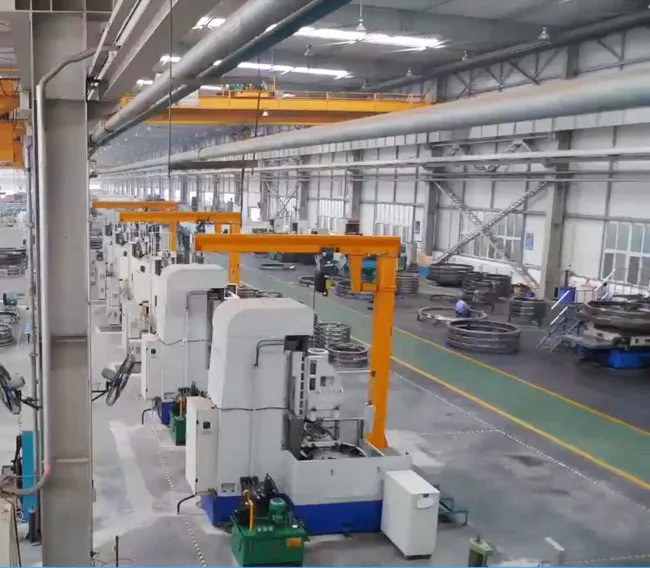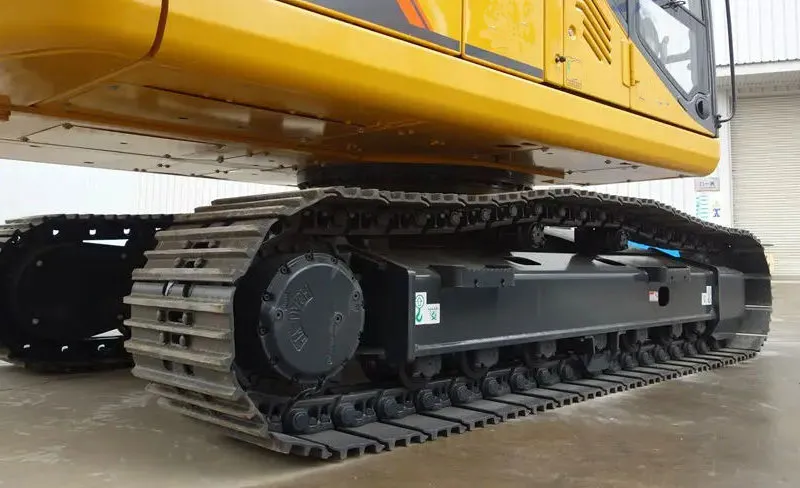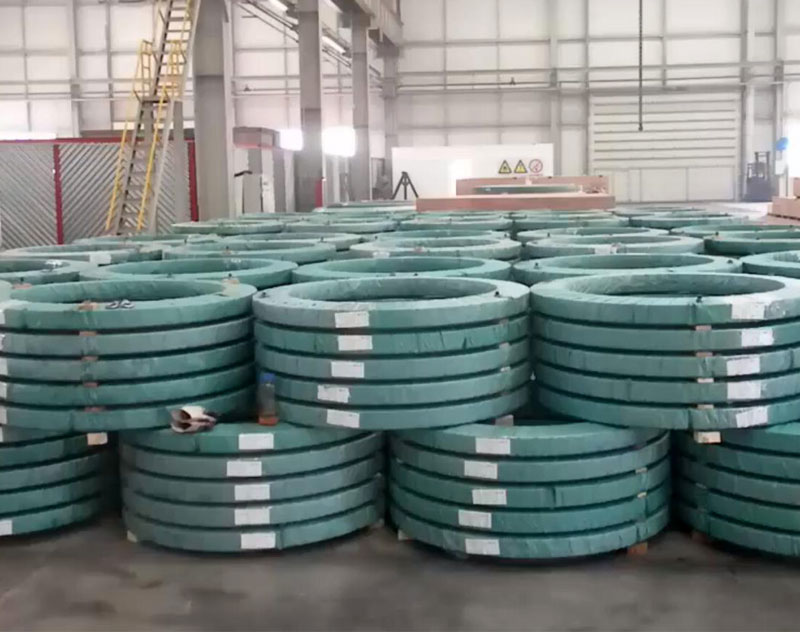
CAT 365C 199-4565 Slewing Bearing, often referred to as the machine’s “joint.” Proper maintenance ensures the longevity and efficiency of the excavator. This guide outlines a comprehensive four-step process for maintaining the slewing bearing, complete with detailed instructions and specific data to help you keep your equipment in optimal condition.
Maintaining the slewing bearing of your CAT 365C excavator is vital for its performance and durability. Neglecting this essential part can lead to severe operational issues and costly repairs. This blog provides a detailed maintenance plan divided into four steps: checking the bolts, performing regular inspections, lubricating the tooth surface, and lubricating the rolling track. Following these steps will ensure your excavator runs smoothly and efficiently.

Before each operation or at least once a week, inspect the bolts on the swing bearings. During the first 100 hours of operation, check for any loose bolts and then recheck after 300 hours. Thereafter, conduct inspections every 500 hours. In harsh working conditions, shorten the inspection intervals to prevent unexpected failures.
Regularly check the rotation flexibility of the slewing bearing. If you detect any unusual noises or impacts, stop the operation and troubleshoot the issue immediately. For complex problems, contact local service engineers for disassembly and inspection.

Apply rust-proof oil to the slewing bearing ring regularly to prevent corrosion. Additionally, take measures to keep hard foreign objects away from the gear meshing area to avoid damage.
The rolling track must be lubricated with oil or grease according to the working environment. Ensure the slewing bearing is filled with grease before and after long-term storage of the equipment.

Proper maintenance of the CAT 365C 199-4565 slewing bearing is crucial for the efficient and reliable operation of your excavator. By following these four detailed steps, you can prevent significant damage, reduce downtime, and extend the lifespan of your equipment.
A: It is recommended to inspect the slewing bearing before each operation or at least once a week. During the first 100 hours of operation, check for any loose bolts and recheck after 300 hours. After that, conduct inspections every 500 hours, shortening the intervals in harsh working conditions.
A: Signs of a failing slewing bearing include unusual noises, uneven rotation speed, increased vibration, high motor temperature, and damage to the keyway. If any of these symptoms are observed, stop the operation immediately and conduct a thorough inspection.
A: While basic maintenance tasks like cleaning and lubrication can be done by the operator, it is recommended to hire a professional for more complex inspections and repairs. Professional service engineers have the expertise and tools necessary to perform detailed inspections and ensure the proper functioning of the slewing bearing.